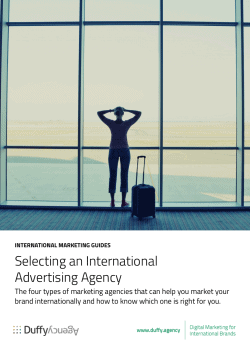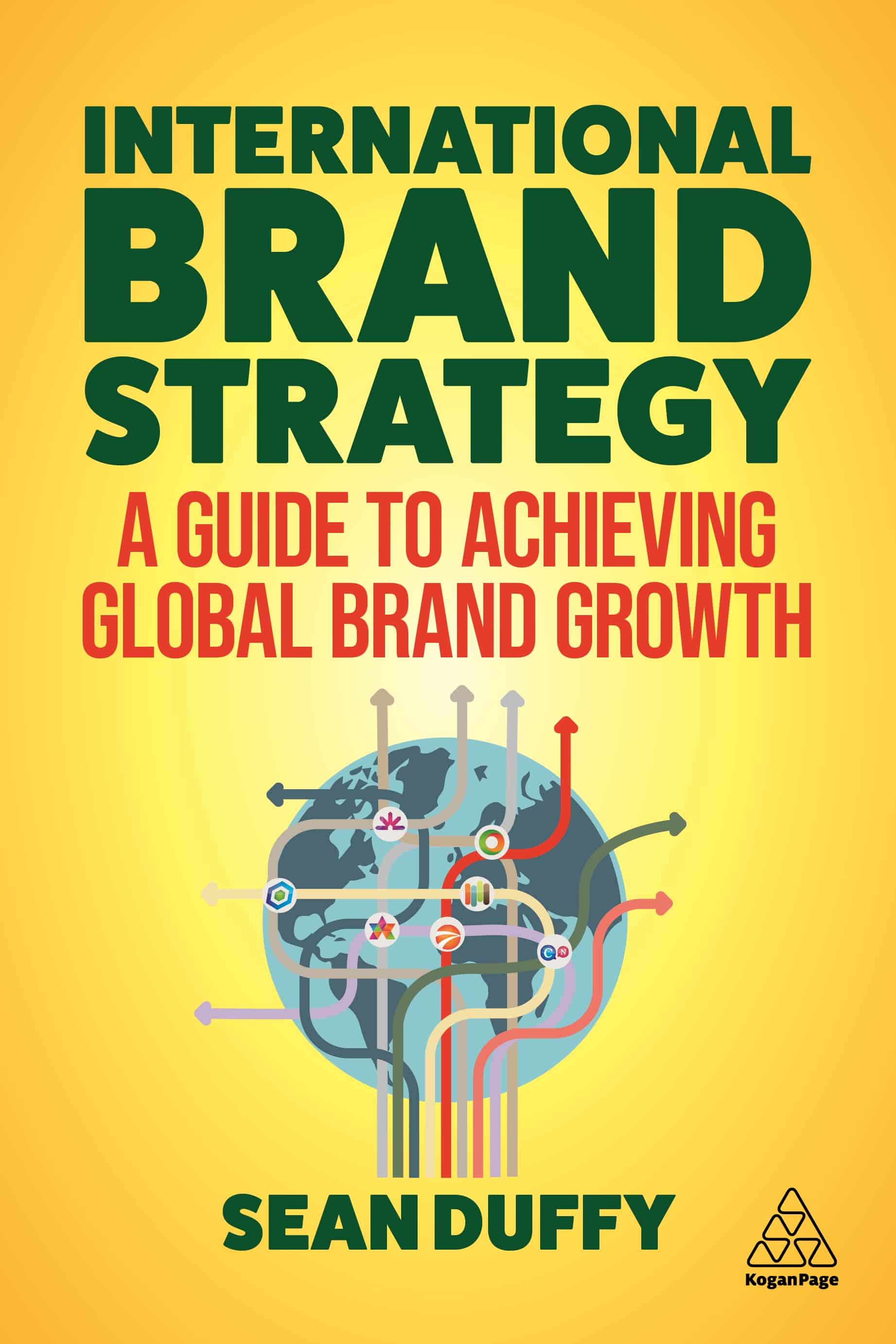Can your brand succeed across borders?
Marketing is tough. International marketing is even tougher.
For many products and services, expansion into foreign markets can be a logical step as part of an overall growth strategy. If you have experienced strong domestic growth you may be tempted to simply replicate the marketing approach in other markets and hope for the same outcome. But it’s important to bear in mind that the domestic marketing approach that has led to your success at home is not likely to work when exported.
Most CMO’s would agree that successfully marketing a brand domestically is a challenge. But for brands that cross borders, that challenge is multiplied by every country they serve. Underestimating that challenge is the #1 reason we see many brands fail to thrive outside their home market. This is based on decades of work with hundreds of companies, from giant Fortune 500 multi-nationals to tiny basement start-ups. If your company lacks the experience required to effectively market over borders, the fastest and most effective way to compensate is to hire a marketing firm, such as an advertising agency, that specializes in international brand development.
But, what exactly defines an international advertising agency? And, what exactly will you need them to do for your business? The more clearly these questions can be answered, the better the chances that a suitable partner to help you market across borders will be found. This paper provides an overview of some of the main marketing communication and brand management issues faced by brands leaving home and the options available to help with them.
How to choose international advertising agency?
Before looking into selecting the right partner, let’s address three assumptions about your business that this guide is based upon:
Is your brand an international brand?
First off, you’ll need a product or service whose value proposition transcends the barriers of language, geography, and culture. If that’s the case, then congrats, your brand has international potential. But, that doesn’t make it an international brand … yet. Some argue that any brand with a website today is international since it can be accessed globally. While it’s true that the web affords access, for most brands, it is highly unlikely that access alone will play a significant role in developing the brand. Building a brand across borders requires intent, backed by resources. So we reject the claim that a brand is international by virtue of being online and accessible. An international brand is one where the owners have made the decision to develop the brand in specified markets with a specified strategy, budget, and timeline. We assume you have made the decision to be an international brand.
Is your company small, medium, or large?
When we think of international brands, the Goliaths like Apple, Nike, IKEA, or Google come to mind. While companies of this magnitude still comprise around 45% of the GNP in the US and EU, they represent less than 1% of all companies. The majority of the other 99% fall in the small- to mid-sized range, with annual revenue in the €10 million to €100 million Euro range. Companies in this mid-range face unique challenges to growth, particularly if they have international ambitions. In theory, the internet was supposed to even the playing field by allowing all brands equal access to customers beyond their home markets, even globally. But, in practice, very few mid-sized brands have the bandwidth or expertise to market effectively outside their home market. This guide about selection of advertising agency focuses on the issues and options most likely to be encountered by the 99%.
Do you want to centralize or distribute control?
Relinquishing control of the brand to local distributors or local market companies is by far the most convenient option when entering foreign markets. But, the short-term gain can be offset by long-term headaches, especially if the brand succeeds in those markets. The problem is that this decentralized approach often results in multiple interpretations of the brand being communicated in each market. This can dilute the brand’s focus and values, erode brand equity, and make it impossible for the brand owner to manage the brand effectively. For the sake of growth, brand equity, and economies of scale, it makes sense to consider a centralized approach to your international marketing efforts. This is a set-up where strategy, protocols, infrastructure, and core communication are set in place centrally with input from local markets. Implementation and tactics are then handled locally. The recommendations in this guide are written assuming that you are opting, at least in part, for a centralized approach.
Top challenges of building brands across borders
If it’s the first time you are taking a brand abroad, you may feel that your biggest challenge will be translation. Language is the often most obvious difference between countries and getting it right is absolutely essential. That can be tricky, but with the right process in place and team supporting you, translation can be easily solved.
Download the PDF to continue reading the guide
We put together this free guide which shares some of our 14 years of experience helping brands enter and succeed in other markets.
Here’s some of what’s inside the guide about selecting an international advertising agency:
- How to know if your brand will travel well
- Ceneralized vs. distributed control
- The four types of advertising agencies that can help you with international and how to tell which one is best for your brand
- The difference between translation and adaptation
- The other 13 more subtle but critical differences between domestic and international marketing





